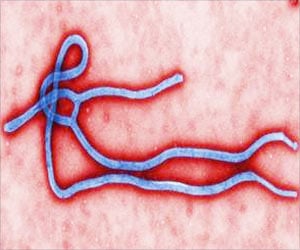Immunotherapy with PD-1 blockade is an effective treatment for many advanced cancers. PD-1 blockade makes cancer cells more vulnerable to attack by T cells.

‘A protein called Bim can predict a metastatic melanoma patient's response to pembrolizumab (antibody used in cancer immunotherapy).’





PD-1 blockade is a type of immunotherapy that helps make cancer cells more vulnerable to attack by T cells in the body's immune system by blocking the activity of a molecule called PD-1. PD-1 prevents T cells from recognizing and attacking cancer cells. Dr. Dronca and her colleagues found a higher frequency of immune cells, called T cells, which expressed the protein Bim among patients who responded to immunotherapy for metastatic melanoma than among patients who were treated immunotherapy but whose disease had progressed.
"Our previous research demonstrated that Bim is a downstream signaling molecule in the PD-1 signaling pathway, and that levels of Bim reflect the degree of PD-1 interaction with its ligand PD-L1," says Dr. Dong.
A signaling pathway is a group of molecules in a cell that works together to control one or more cell functions, such as cell division or cell death.
"We hypothesized that the increased frequency of CD8+PD-1+Bim+T cells in patients who respond to immunotherapy reflects an increased number of target T cells for PD-1 blockade with pembrolizumab, which may explain the positive clinical outcomes in these patients," Dr. Dong says.
Advertisement
For the study, Dr. Dronca and her colleagues collected peripheral blood from patients at the initiation immunotherapy (baseline) and again at the time of first radiographic tumor assessment (12 weeks). They collected additional samples at each subsequent radiographic tumor evaluation for patients continuing on immunotherapy.
Advertisement
The study is published online in JCI Insight.
Source-Eurekalert















